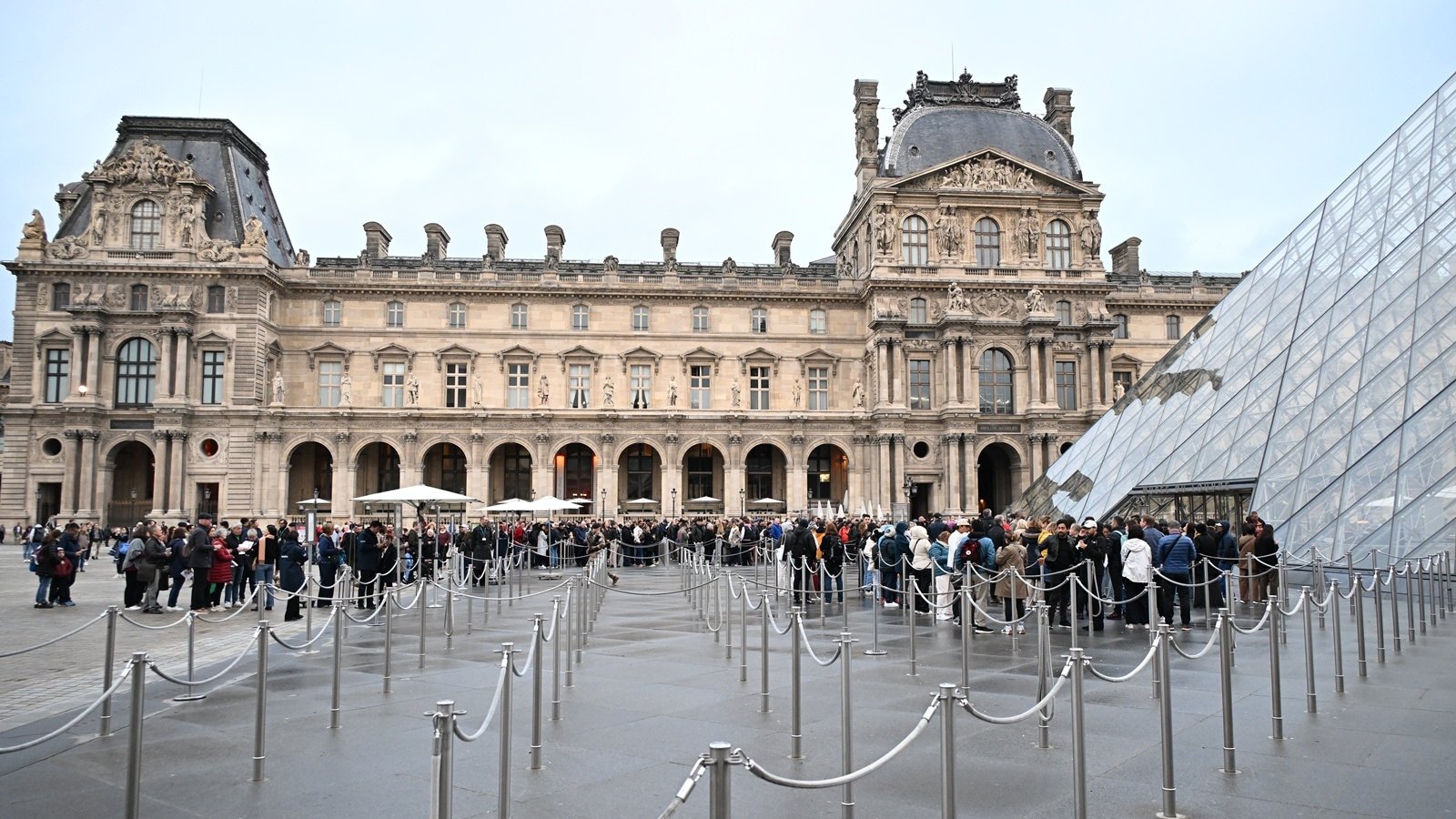There were tiaras, earrings and necklaces encrusted with diamonds, sapphires and emeralds. But when thieves broke into the Louvre Museum in a brazen heist this past weekend, snatching crown jewels belonging to Empress Eugénie, the wife of Napoleon III, what they looted was priceless: a part of France’s heritage that can never be replaced.
Even so, the Louvre put a number on the haul, valuing the stolen jewels at an eye-popping 88 million euros, or a little more than $100 million.
But the Louvre will not be compensated for the loss. None of the royal items, it turns out, were insured.
An Enormous Insurance Cost
When the burglars climbed a mechanical ladder to the second floor of the Louvre and broke into the Apollo Gallery where the royal jewels were displayed Sunday, they essentially entered a government building housing treasures owned by the French state.
Most French museums are insured, but the state acts as its own insurer for the biggest ones, including the Louvre. Private insurance was not taken out for the jewels or for any of the Louvre’s permanent collections, said Nicolas Kaddeche, the technical director at Hiscox Assurances France, a leader in the museum insurance market.
The reason is that the premiums would be prohibitively expensive, more than the cost of investing in surveillance and maintaining a security staff, even for the Louvre, which has an in-house fire brigade.
As the world’s largest museum, the Louvre has a catalog that includes, of course, the Mona Lisa, the Venus de Milo and more than 35,000 works of art on display along 8 miles of corridors, not to mention 500,000 additional pieces registered in its databases.
Insuring such priceless works could cost billions in private insurance premiums annually. Even if the Louvre had decided to insure parts of the museum against, for example, the risk of fire, the sums would be enormous.
“The Louvre represents a fairly exceptional accumulation of assets at a single address, which makes it much more complicated to insure than a smaller museum,” Kaddeche said. He added that the economics made it “more interesting for the government to take the risk and be its own insurer, which was also the case for Notre Dame.”
Even though the Louvre has a history of security concerns, with tight budgets museums will always prioritize improving security measures over insurance.
Peter Keller, the director-curator of the Musée de la Légion d’Honneur in Paris, said that if museums wanted to keep items safe, they could remove them from display, but that was only a short-term fix.
“Everybody has to invest more,” he said. “Criminals are innovative, and we have to react and improve our security systems.”
France’s National Treasures
In France, two issues are crucial when it comes to art insurance: who owns the works and where they are displayed.
The theft from the Louvre on Sunday involved pieces that the government had purchased for its national collections. That meant the crown jewels fell under the French heritage code, a national law that prohibits them from being sold, given away or transferred.
That, in turn, puts them outside the scope of traditional insurance contracts, said Irène Barnouin, the sales and technical director for art and private clients at WTW France, a brokerage firm.
A similar situation exists in the United States, where the permanent collection at museums like the Smithsonian are owned by the government, which is considered the insurer of last resort. National treasures, like the Declaration of Independence, are considered priceless. Should catastrophe hit, Congress could make a special appropriation to help cover the loss.
When Insurance Is Needed
When any Louvre art is transported, specific insurance is required. Taking a painting or object out of its display and shipping it to another location is considered “structurally risky,” according to the French Culture Ministry.
The ministry had toyed with the idea of transporting the Mona Lisa to the Louvre’s sister museum in Lens, France, for three months in 2018. But when the insurance cost was estimated at nearly 35 million euros, the Mona Lisa stayed put in her bulletproof case.
National museums in France, as in the United States, also insure temporary exhibitions held on the premises.
The Louvre’s Irreplaceable Jewels
The Louvre certainly lost out on the value of the crown jewels. They are irreplaceable as a symbol of French history, but the insurance money could have compensated for a replacement display, for example, or other art, Kaddeche said.
But even if the Louvre were to have recovered 88 million euros in insurance indemnities, “you could never have the same property,” Barnouin added, “because all the history that this property in fact carries with it is lost.”




